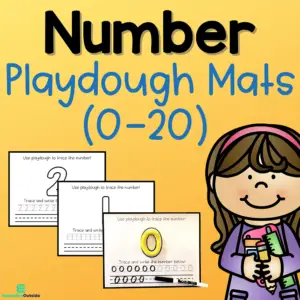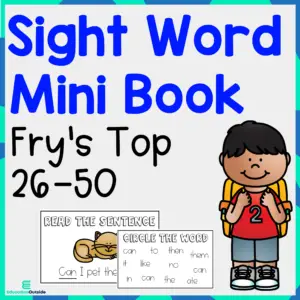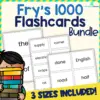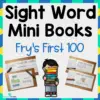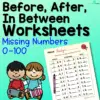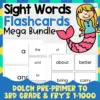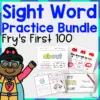Songs are lovely tools to incorporate into lessons. These planet songs are great additions to the space science unit study. Children may find it challenging to memorize the names of the planets, but these songs will help them recall these easily.
Explore these ten fun planet songs for children to enjoy while learning.

Pinkfong’s Eight Planets Word Play is a catchy song to help children remember the names of the planets and their order in our solar system. Three colorful characters sing the song that will keep children excited and engaged.
The song comes with simple hand and leg movements such as waving, clapping, rolling fists, and running in place that children can follow. Doing these actions will help strengthen their muscles and will help improve their motor imitation skills.
The song mentions the planets’ noteworthy features, such as Mercury being so small, Venus being the brightest of all, Uranus being full of gas, red, dry, marvelous Mars, and Neptune being so far from the sun.
With these descriptions as part of the lyrics, children can remember and connect these unique characteristics to each planet during lessons.
Once children become familiar with the song, ask them to name their favorite planet and let them provide reasons to help build critical thinking skills.

Sung through a familiar tune of “The Wheels on the Bus,” the Planet Order Song tells the name of each of the planets and their order from the sun. The song uses simple and repetitive words to help children remember the lyrics quickly.
This is a great song to review the planets’ names during circle time to help increase their vocabulary. Use pictures to help children easily recognize the planets, including those with rings.
The song’s video shows the planets revolving around the sun. Explain this with a science lesson about this concept.
Use this idea for a simulation game to better explain how they move. Ask one child to be the sun, eight for the planets, and the rest are asteroids and comets.
Let children take turns to help them develop patience and learn to play by following the rules. These are essential social-emotional skills to learn in preschool.

Perfect for Earth Day unit study and environment-themed lessons, Save the Earth will teach children to value our planet. This song is based on the familiar tune of “Row Row Row Your Boat” that children can easily follow.
Have a discussion to start the practice of recycling in class. The song talks about recycling cans, paper, bottles, and plastic. Show children the many ways these objects can be recycled.
Let children group these objects according to category. They can also count each group of recyclables and compare their numbers to practice their counting skills.
Show children how some of these materials can be reused and repurposed with an art activity. Discuss the harmful effects of improper trash disposal through a science lesson.
Have an extended discussion on biodegradable and non-biodegradable materials. Incorporate STEM activities in lessons, such as experiments on which types of trash will degrade and for how long.
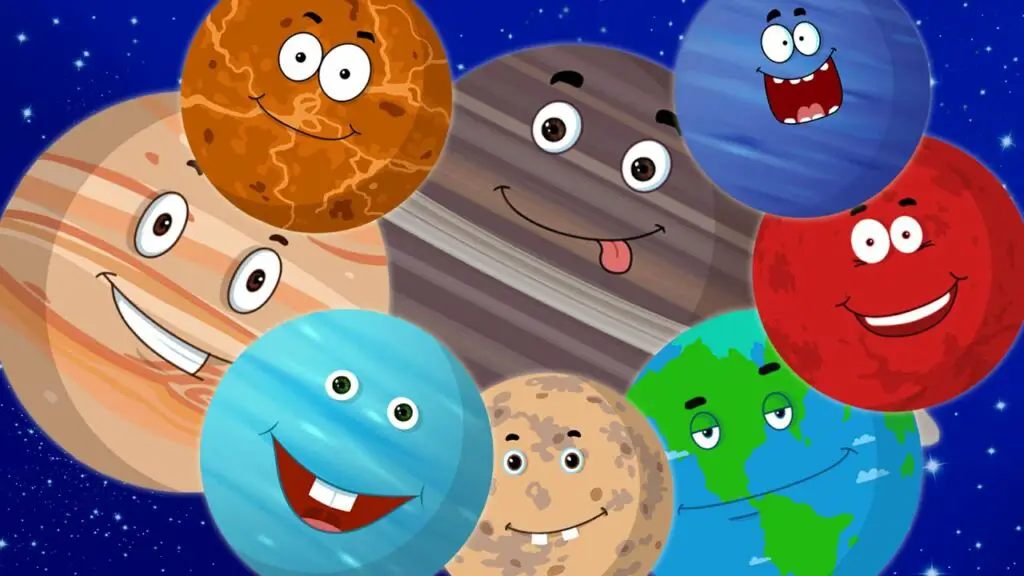
With a familiar tune of “Twinkle Twinkle Little Star,” Planet Song is a song that children will find easy to remember and recall the names of the planets.
Part of the lyrics mentions that the shape of the planet is round. Introduce children to the concept of 3D shapes with a lesson on geometry.
Allow children to explore the differences between a sphere and a circle. Use a Venn Diagram during the discussion to help children organize their ideas. They can draw on the chart instead of writing the words to describe the shapes.
Provide concrete examples for this activity, such as a ball and a circular cutout. This great sensory experience for children will allow them to understand the differences fully.
Use pictures or cutouts for children to name the planets and arrange them in order from the sun.
Let children explore different ways of arranging the planets according to size, color, etc.
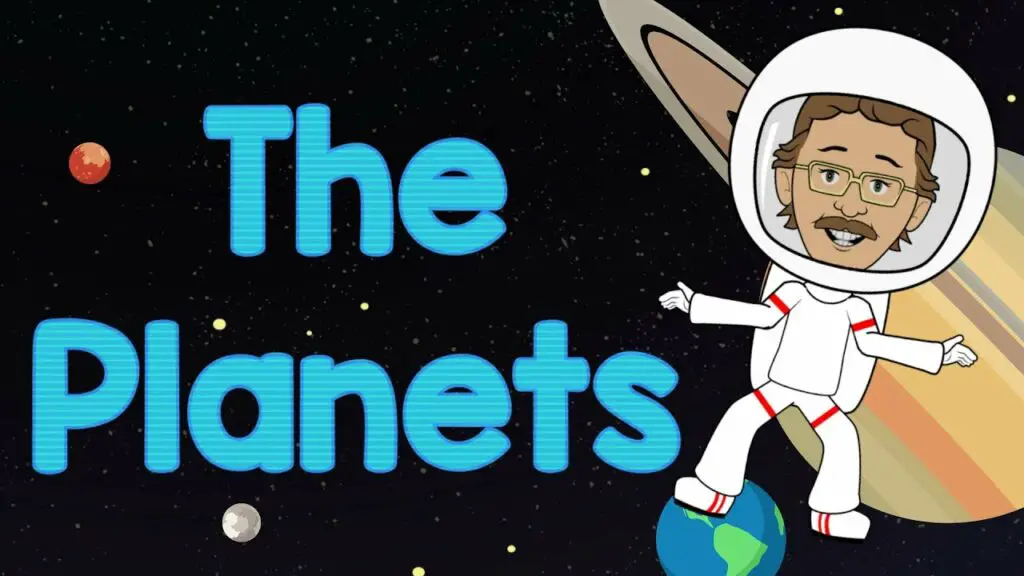
Children will learn the correct number of planets in our solar system through the song The Eight Planets of the Solar System – by Jack Hartmann. In a rap style of music, the number and names of planets are given together with some unique features.
Learn the numbers one to eight with this song. Children may learn number recognition and practice counting up to eight.
This song is unique since it explains why what used to be the ninth planet, Pluto, is now not recognized as an actual planet. It mentions that experts classify it as a dwarf planet.
With a science lesson, explain these facts about the planets. Discuss the differences and similarities using simple words. Talk about their unusual features, such as the rings on some of the planets.
Talk about the differences in their colors and sizes. Use pictures and videos to explain the ideas better in a visual manner.
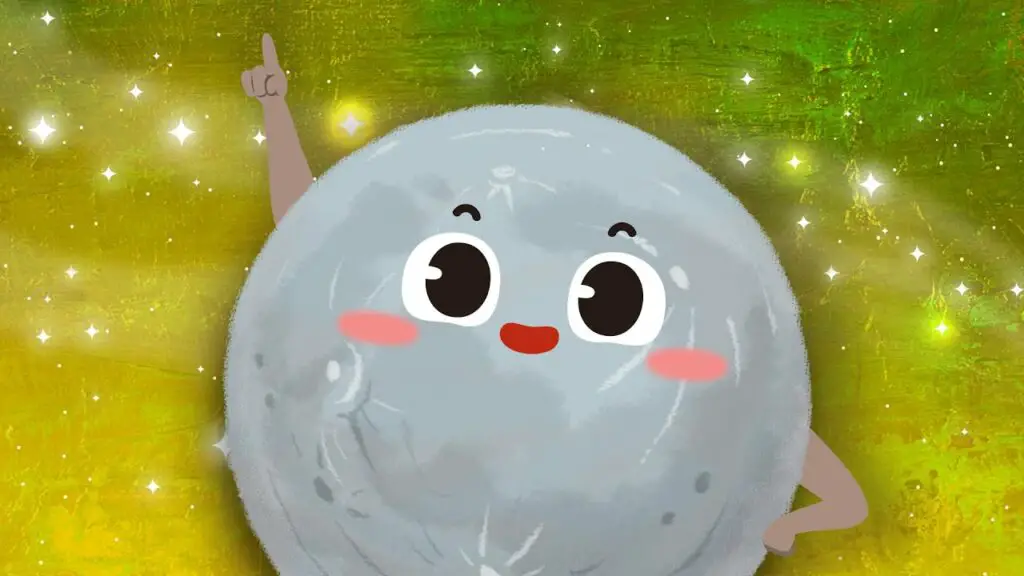
Explore this planet with the song Mercury by Juny Tony to help children better understand it.
Let children describe this planet based on the song and through a science lesson. It will help them identify its unique features, such as being closest to the sun, hot in the morning and freezing at night, and the smallest among the eight planets.
Doing this will help them listen well to the song and will help improve their auditory skills and attention to detail. Briefly discuss the origin of its name through a history lesson.
Tell children that in ancient times, a group of people called Romans believed in the god Mercury, who was tasked to quickly deliver messages to other gods. The wings on his helmet and shoes made this possible.
Because the planet Mercury takes only eighty-eight days to revolve around the sun, it is considered the fastest planet compared to the others.
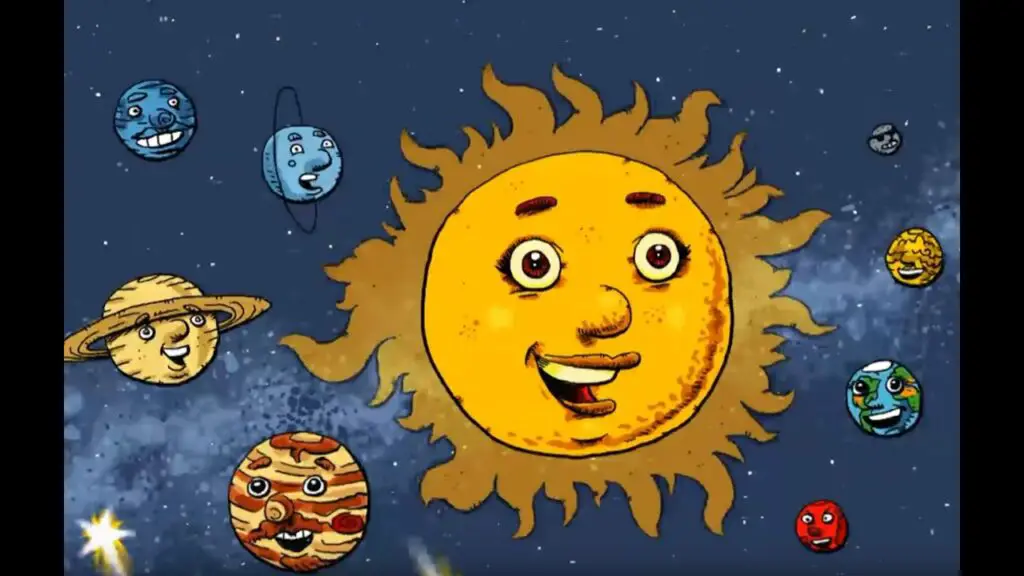
Nancy Kopman’s Planets, Planets starts with a countdown for launching a space shuttle to explore the solar system’s different planets.
It counts from one to eight to help children practice their counting and number recognition skills.
The song’s central message is that there are eight planets in our solar system. The song names them in order and points out that they all revolve around the sun.
Let children understand what revolving means through a movement activity. Have them line up like the planets at a considerable distance from each other and let them go around a pretend sun.
This fun activity will help improve children’s gross motor skills and teaches directionality while strengthening their leg muscles.
Teach rhymes from the lyrics of this song. Some rhyming words are great and eight, Mars and stars, and done and sun. This is a great activity to help develop their phonemic awareness skills.
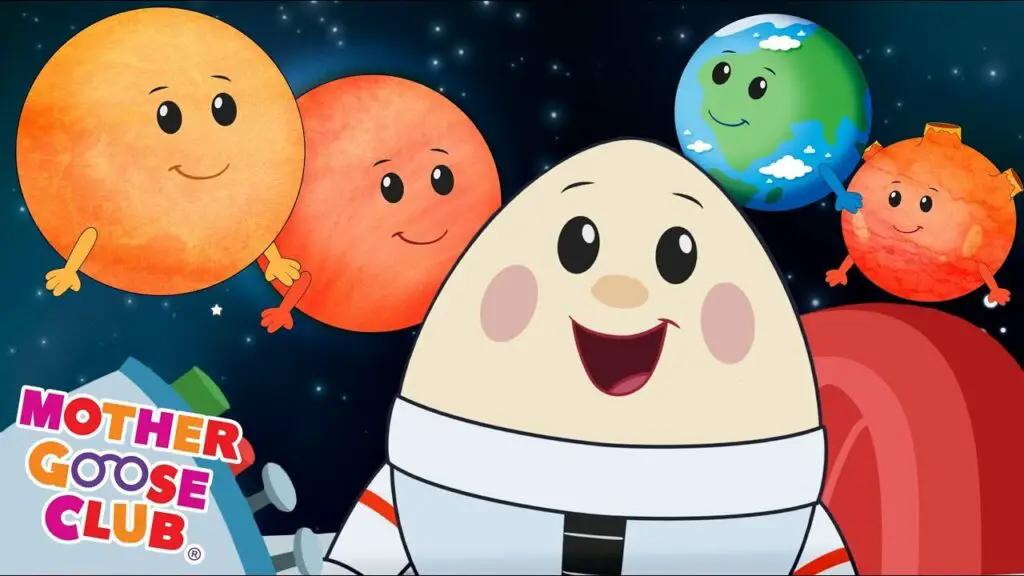
The song Eight Planets ft. Humpty Dumpty features Humpty Dumpty embarking on a space journey for a daring rescue mission. Aside from planet names and their order from the sun, it mentions that some planets have a lot of moons.
With Uranus having twenty-seven moons, let children practice counting numbers more than ten. This is a great way to improve children’s counting and number recognition skills.
Turn Uranus’s moons into an art activity to help improve children’s fine motor skills and creativity. Cut out small twenty-seven paper circles and have the children decorate these. The moons can be used as counters in math centers or busy bags.
With a science lesson, explain further the differences between the moons of different planets. Use pictures to show children their shapes, sizes, colors, and textures. Explain that some moons are bigger than planets.
Use concrete materials like various sizes of balls when comparing for children to grasp the idea better.

All the Planets by Laurie Berkner Band tells children the names of the eight planets and their special attributes. It also mentions some of the planets’ alternate names or aliases.
For example, Venus is also called the evening star because it is the brightest among the eight planets. Ask parents to help their children look for this bright planet at nighttime, if possible.
This fantastic science activity will excite children to discover new ideas and information. Explore the concept of brightness further through some STEM activities.
Show children different light sources, such as various sizes of flashlights, battery-operated candles, and lightbulbs, to compare their brightness.
Let them use the phrases “brighter than” or ”less bright than” when comparing to help improve their oral language skills.
Let the children play a scavenger hunt to find bright objects, such as highlighters, glitters, shiny metal objects, etc. Hide the objects around the room or use them in the sensory bin.

Children will remember the names of the eight planets in our solar system through The Planets of Our Solar System Song by Hopscotch. The song mentions the unique features of each of the planets.
For example, it says Mercury is the smallest planet. Use this idea to introduce children to the concept of opposites. With a science lesson, help children identify which planet is the smallest, biggest, hottest, coldest, etc.
Next, play an I Spy game. Use pictures or a marker to represent each of the planets. Tell children to listen carefully and go to the planet that is described.
Say, “I spy the smallest planet in the solar system. I wonder what it is?” Once they have made their choice, ask them to name the planet.
Repeat this step using the other descriptive words. This is a great game to help children develop their listening skills, increase their focus, and follow directions.
Conclusion
Helping children remember the names and attributes of the eight planets in our solar system can sometimes be tricky. Use these songs to help children retain this information.
The catchy tunes are a fun and engaging way to get them to learn enjoyably.
Thank you for reading. Come back and check out our other song articles soon.s


